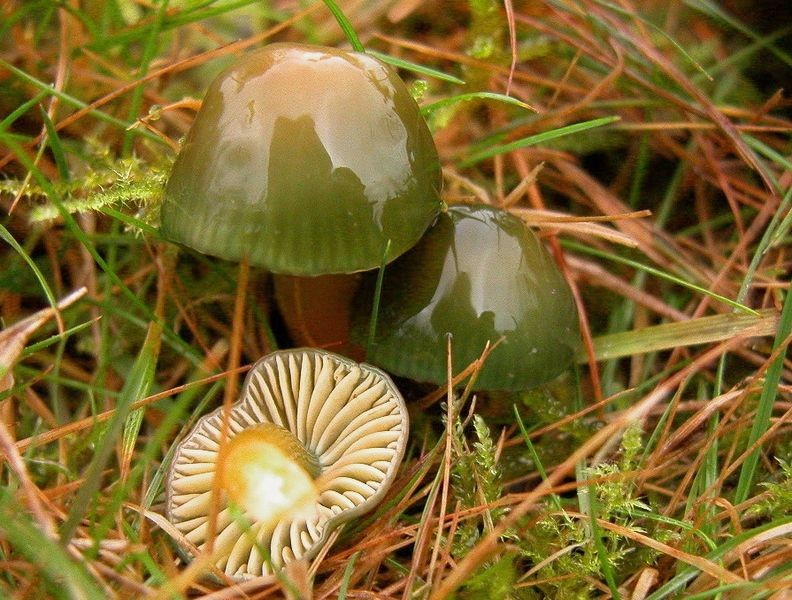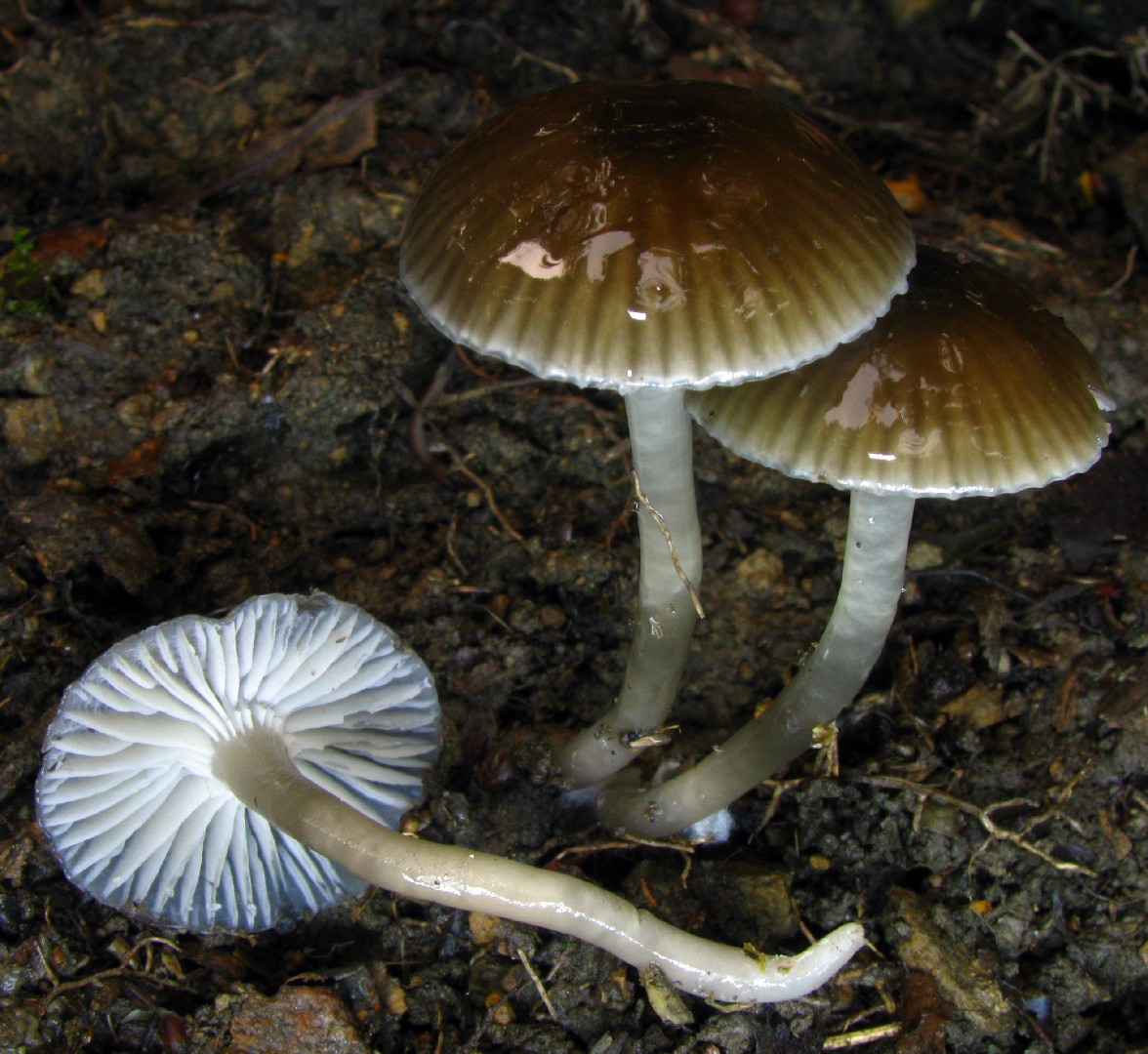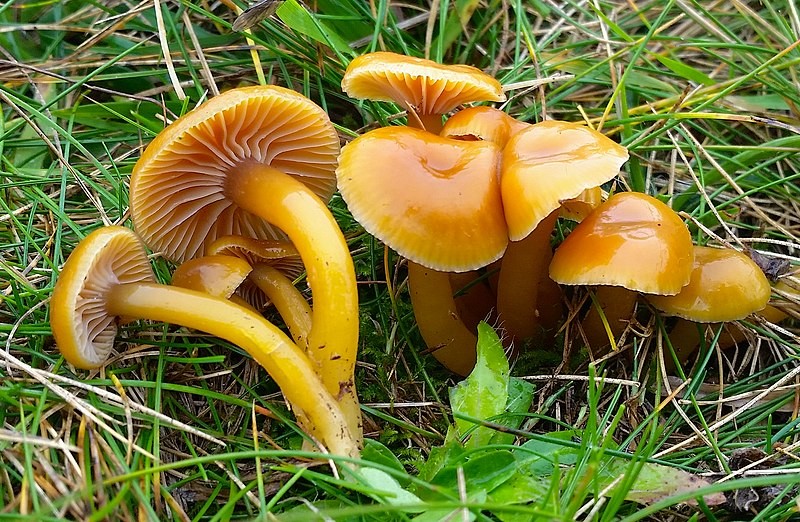Waxcaps
Scientific name: Gliophorus
Waxcaps
Scientific name: Gliophorus
 Photo By Rosemary Winnall , used under CC-BY-SA-2.5 /Cropped and compressed from original
Photo By Rosemary Winnall , used under CC-BY-SA-2.5 /Cropped and compressed from original Description
Waxcaps, known for their vibrant and glossy caps, thrive in grassy areas such as meadows and lawns. Notable for their stunningly colorful appearance, they can exhibit various hues including reds, yellows, and greens. Unique to waxcaps is their slimy or waxy texture, which helps them retain moisture. They play a crucial ecological role by breaking down organic material, thereby nourishing the soil and promoting plant growth.

